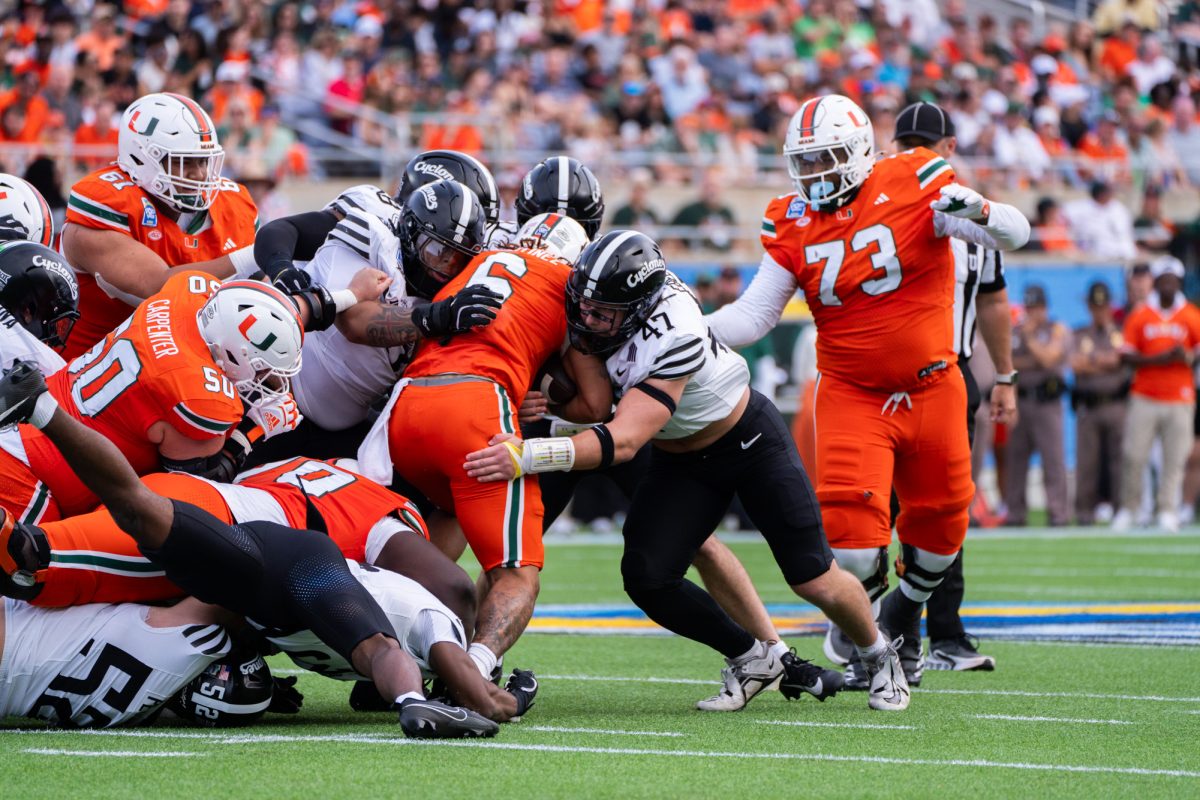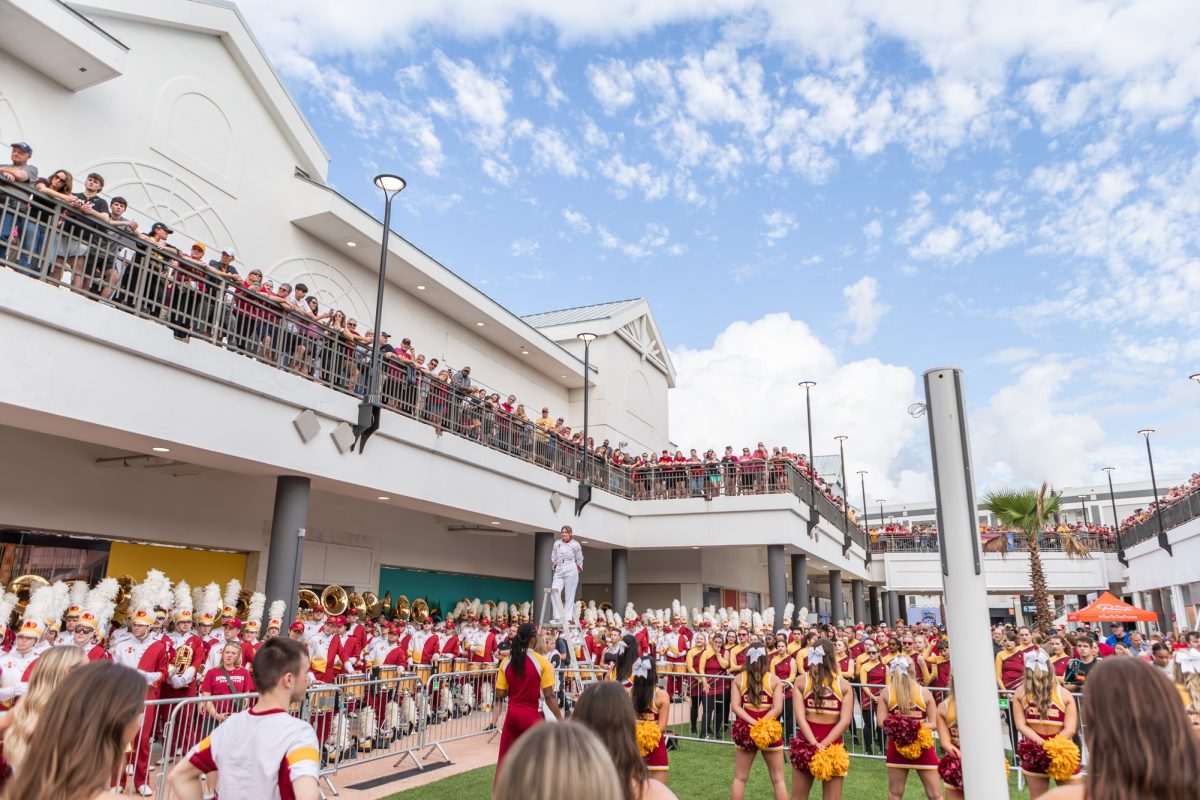First woman in space talks about future NASA endeavors
October 26, 1998
While NASA gets more publicity for its discoveries about other planets, providing further insight into our own world will be an important part of the space program’s future, former astronaut Sally Ride said Saturday evening.
Ride, who became the first American woman in space in 1983 and who currently teaches physics at the University of California San Diego, spoke before a crowd of about 1,400 people in Stephens Auditorium.
Ride discussed what astronauts have learned about the Earth through observation from space, accompanying her lecture with a slide presentation.
Astronauts have an advantage over other public speakers, she said, because “we have great pictures.”
She said when the idea of the space shuttle was first conceived in the 1970s, NASA had not selected new astronauts for 10 years.
In recruiting the first shuttle “class,” NASA made a special effort to include women and minorities, she said.
Ride said her journey to outer space began at Stanford University when, while reading the newspaper in the student union, she saw that NASA was accepting applications for astronauts.
“I quickly ripped out that piece of the newspaper and sent it in,” she said.
The first group selected for the space shuttle included five women besides Ride, which she said demonstrated NASA’s commitment to women.
Ride said the space shuttle was a “brand-new way of launching people and things into space,” and the first few flights were made simply to test whether it would work properly.
As a result, Ride said, those earliest flights had crews of only two.
“They thought it would be really bad for morale to have a crew of four and only two ejection seats,” Ride said.
Ride also showed a video of her second flight, made in 1984.
During footage of the shuttle’s launch, Ride said while the sky looked black, it had actually been fairly bright out.
However, she said cameras must be set to filter out as much light as possible because of the intensity of light from the rockets.
During the mission, Ride used the shuttle’s robot arm to deploy a satellite used for studying the greenhouse effect.
She said other members of her crew took a space walk to test whether it would be possible for astronauts to refuel satellites.
Ride said satellites often remain in working order after the engines used to align them run out of fuel, and that future refueling missions will “hopefully extend the lifetime of satellites.”
Looking back on the entire experience, Ride described it as “a great way to spend a week.”
When she first joined the space program, NASA was “a completely male culture,” Ride said, adding that those days have long since passed.
She said NASA’s vision, however, has remained unchanged because women join the space program for the same reasons as men.
Ride also said weightlessness was a fun experience.
Once in orbit, she said, highly trained scientists and technicians “turned into 6-year-old kids.”
Motion sickness is a problem for about half of all astronauts, Ride said, adding that she “was in the lucky half.”
She said NASA still does not completely understand the causes of this phenomenon, but fortunately people always recover in a day or two.
Ride said while astronauts adjust to being weightless quickly, upon returning they always remain on the shuttle for at least half an hour because reentering a gravity environment temporarily disables one’s sense of balance.
Ride said the view from the space shuttle is not the “big blue marble” seen by Apollo missions, which was about 1,000 times farther away from Earth’s surface than the shuttle orbit of 150-250 miles.
From the shuttle’s orbit, Ride said, one can see a couple of hundred miles in any direction.
Using slides to illustrate, Ride pointed out a variety of the planet’s features that only become apparent from orbit.
One slide showed a slightly discolored area of ocean, which Ride said was a large cluster of phytoplankton.
Ride said photos like that are useful to the fishing industry because concentrations of phytoplankton attract lots of fish.
Ride demonstrated humans’ effects on the Earth as seen from orbit with a slide of large-scale erosion in Madagascar and another of Brazil covered with smoke from rain forest burning.






